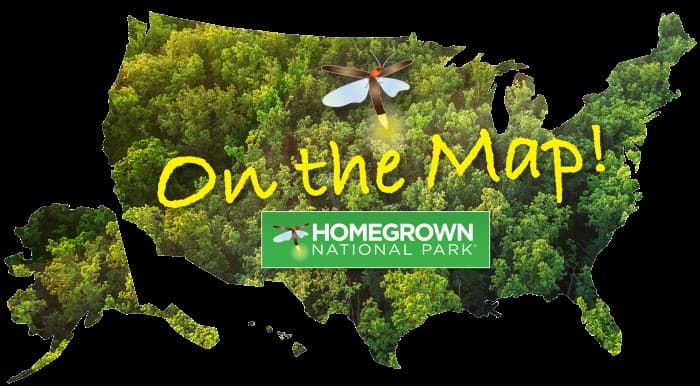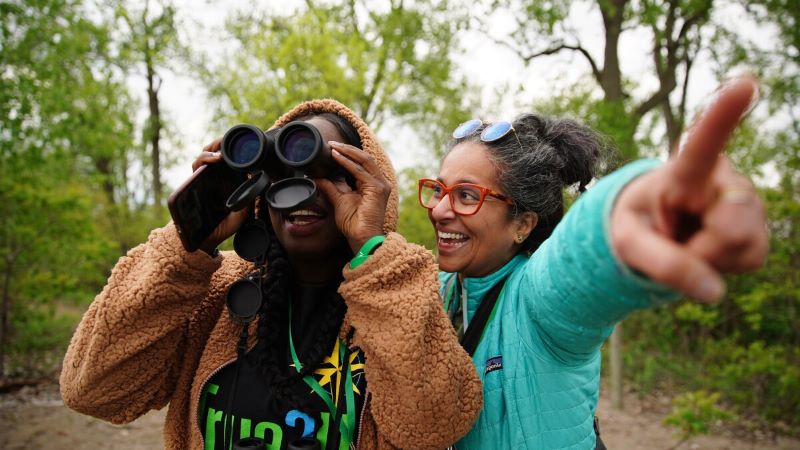A recent study, "Birdwatching linked to increased psychological well-being on college campuses: A pilot-scale experimental…

Our National Parks are beautiful places that provide habitat for a host of plants and animals. But they are too few and too small to provide enough resources for biodiversity to thrive. The solution: the Homegrown National Parks movement.
Wildlife refuges and parks work as sanctuaries for the birds and other wildlife that can access them. But they are too distant from one another to provide the connectivity needed for biodiversity to thrive. The solution: the Homegrown National Parks movement.
Many of us are concerned with biodiversity decline and want to help. But we are frustrated by how we, as individuals, can provide relief for the wildlife that we love. The solution: the Homegrown National Parks movement.
As development has expanded across the land, we have left few remnants to support wildlife populations, many of which are in sharp decline. Doug Tallamy, among others, recognized the conservation potential in our own backyards and spearheaded the Homegrown National Parks movement. By providing resources where we live, we can work together to provide more habitat and more connectivity to support wildlife. The movement challenges members of communities across the country to plant native vegetation and take steps to support wildlife. Don’t have a backyard or garden? No problem. Public parks are an integral part of the Homegrown National Park system. Consider volunteering. Heaps of helpful information can be found at the website including articles and webinars. homegrownnationalpark.org/tallamys-hub-1 (or just search “Homegrown National Parks”).
The website has an easy-to-use map feature, and you can join. Take steps to foster nature, then register your spot on the map. How cool will it be to look at the map and see Lane County strewn with havens for birds and other wildlife! map.homegrownnationalpark.org/Plantings/Map
Among the suggestions for actions to take:
- Shrink the lawn.
- Don’t mow early in the spring. Set your mower height no lower than 3 inches. Better yet, leave some grassy areas unmowed.
- Remove invasive species.
- Plant abundantly and diversely. This may include native blooming flowers that attract butterflies, bees, and hummingbirds, as well as berry-producing plants, fruit trees, and nut trees. Support plants of different heights that bloom throughout the season.
- Reduce your nighttime light pollution. Artificial light at night adversely affects birds, pollinators, and insects that form the foundation of the food web.
- Where appropriate, install cheap window well covers to reduce the needless deaths of frogs and other small critters.
- Install a bubbler or other water feature.
- Leave the leaves. Stay messy to support wildlife.
- Do not spray any pesticides, herbicides, rodenticides, or insecticides. They kill the very things that will help wildlife.
Resources & Native Plant Lists
Pollinator and bird friendly plants
National Audubon’s native plant list by zip code
Keystone native plants (such as oaks, asters, and sunflowers) identified by Tallamy’s group



